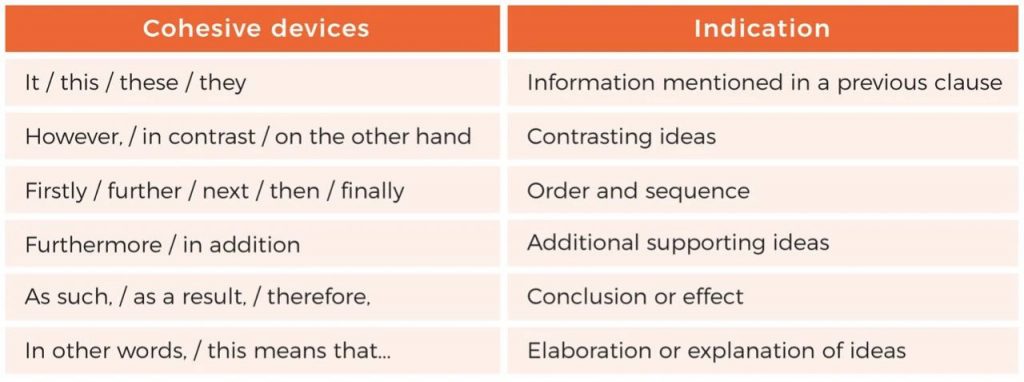INSIGHT INTO THE ASSESSMENT OF CONTENT QUALITY
Having worked in both the scientific publishing and translation and localization industries, part of my job includes consulting with authors and editing or translating various types of content. Yet an important element could often pose a challenge for the non-native authors: the final assessment of the revised or translated version. In other words, how can you assess how well written is your final version?
Although authors are generally quite trusting when they know the background and skills of the editor or translator, assessment of the final content is often overlooked. On the one hand, language services vary as some are truly proficient services that enhance the content while other services may be superficial and not even always correct. On the other hand, clients may prefer to retain the original style or tone commonly used in their native language and therefore make changes to the final content that they receive without consulting with the editor or translator. This can often lead to mistakes in grammar, vocabulary, style, etc.
To overcome the challenges of assessing the written quality, here are some tips and general guidelines for non-native speakers.
TIPS
1. Think like native speakers do
Mode of expression comes from mode of thinking. And the difference in mode of expression between languages stems from their particular ways of thinking. For example, there are major differences between the Chinese and English modes of thinking. In Chinese, the relation between sentence parts is vague and unclear. Whereas formal cohesion is necessary in English. Chinese speakers also tend to sound more subjective. They often use personal subject or no subject in the sentences. English speakers sound relatively objective and often use an impersonal subject so that sentences are neutral and unbiased.
Example: We think rules are very important to help create a safe learning environment.
Revised: To help create a safe environment, it is important to have rules.
2. Get to know the culture and conventions of the language
Without sufficient cultural knowledge, it is difficult to grasp word associations and implications. The cultural differences between different cultures and the expectations of different audiences must be considered. This often means altering the style of the original text to fit the target audience.
For example, the advertising style of Chinese companies is generally more exaggerated. The language is typically wordy with bureaucratic language and flattering words. Whereas companies in English-speaking countries often use succinct language to highlight key points. An exaggerated tone and hyperbolic words would not appeal to English-speaking consumers as they may question its credibility.
Example: The product we offer is flawless and provides the ultimate experience to our customers.
Revised: The product we offer meets the needs of our customers and provides a high-quality experience to our customers.
3. Mean what you write
In many cases, words have different associations from those that are equivalents in another language. Words are associated with their audience, social setting, and general context. For unique words or concepts that do not have an identical word in the other language, the writers may have to coin their own words. Crucial factors when assessing the analogous word include how acceptable it is to readers, how clear the syntax is and whether it conforms to language conventions.
Example: I am surprised by the devastating news.
Revised: I am shocked by the devastating news.
4. Impress with a winning attitude
A high-quality, accurate writing adopts the right style and tone of voice for your audience. It is linked to the meaning, effect, and intent of the writing. It is crucial to keep the style consistent throughout the whole piece. In English, repetition or using the wrong word with certain connotations are not recommended. A common style includes straightforward, lively, concise language.
Examples (unnecessary modifiers):
Could you repeat it again?
I fully understand…
Revised:
Could you repeat it?
I understand…
Example: For a glowing, juvenile appearance. (Juvenile implies childish, naïve)
Revised: For a glowing, youthful appearance.
Tone expresses a writer’s attitude toward subject, audience, and self. Tone is also somewhat indicated by the word choice. The tone of your writing portrays the image you present to your audience and thus determines how they will respond to the content. Depending on your tone, you can appear sincere and intelligent or demanding and uninformed. The tone can affect the audience to a great extent.
Negative: Your holiday time is not approved until your manager clears it.
Positive: Your holiday time will be approved when your manager clears it.
Negative: A decision will not be made unless all board members agree.
Positive: A decision will be made when all board members agree.
5. Chinglish may not be the best of both worlds
The culture, language and thought of China differ from those in English-speaking countries. It is easy to make grammatical or syntactical structure errors. An inter-lingual error common among English learners who are influenced by the Chinese language is referred to in China as “Chinglish”. Chinglish is typically seen across content that forgo working with Native English Speakers. Although western readers can guess the meaning, the sentence structure comes across as weird or incorrect, which leaves a bad impression and is not recommended.
Example: Procrastination can bring pressure to students.
Correct: Procrastination can be stressful for students.
Example: Governments should pay attention to this issue.
Correct: Governments should make this issue a priority.
6. Reword or rephrase in an orderly fashion
A certain order of words is often natural and idiomatic in one language but confusing or meaningless in another. Language usage and convention are thus crucial and should be checked. For instance, Chinese speakers observe things separately. Ideas are arranged together according to the order of physical or mental time. Yet the relation between the sentences is not clear as no transitional words is used to link the ideas. In English, the most important point or event is placed in the main clause of a sentence. Supporting information will be placed in dependent clauses or the following phrases with clear transitions. Likewise, Chinese speakers narrate from the past to the present while English speakers tend to do the opposite and use a variety of tenses. Chinese speakers put reasons before the result in logical reasoning, but English speakers tend to state the results before providing justifications. It is therefore useful to check the order of words and sentences.
Example: Tim almost washed all of the dishes.He offered to paint the fence last night.
Revised: Tim washed almost all of the dishes.Last night, he offered to paint the fence.
7. To omit or not to omit
What can be omitted in one language may not be omitted in another. For example, in English a repeated noun or verb that was previously stated may be omitted in the later text. Synonyms are also used to avoid constant repetition in English. But a constant repetition of the same word in the early and later texts is common in Chinese.
Example: The book is useful.The book provides many examples. The book is a bestseller.
Revised: The book is useful and provides many examples. It is a bestseller.
Chinese speakers rarely emphasize formal cohesion but use more meaning-driven expressions. In these cases, some sentence parts are omitted in Chinese, which is not acceptable in English. Consequently, Chinese writings seem to be obscure in meaning for English speakers. Due to the fact that many indirect information or omissions exist in Chinese, the writing in English would need to be altered to stay grammatical and clear.
INDICATION OF COHESIVE DEVICES

CONCLUSION
When it comes to writing in another language, content should be adjusted to meet the expectations of native speakers. In scientific writing, incomprehensible or misleading language is generally a reason for heavy revision or rejection. In business, a lack of cultural adjustment, correct syntax, and quality revision may leave bad impressions on international consumers that affect the image of the company. Evidently, content that come across as unprofessional or poor quality often have an impact on the brand. So it is beneficial to evaluate the various elements of high-quality content.



